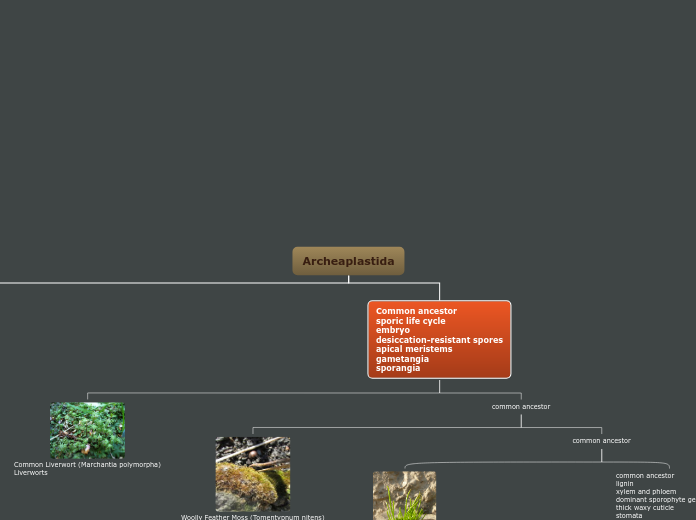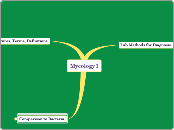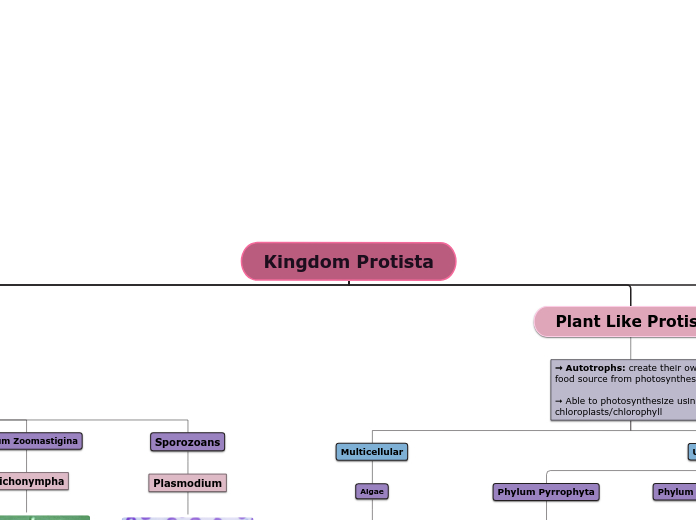par Jenny Doriot Il y a 16 années
423
Slime Molds
Slime molds exhibit fascinating life cycles with distinct behaviors and structural transformations. Plasmoidal slime molds consist of a mass of protoplasm containing many nuclei, moving as a single giant amoeba to consume debris and bacteria.









